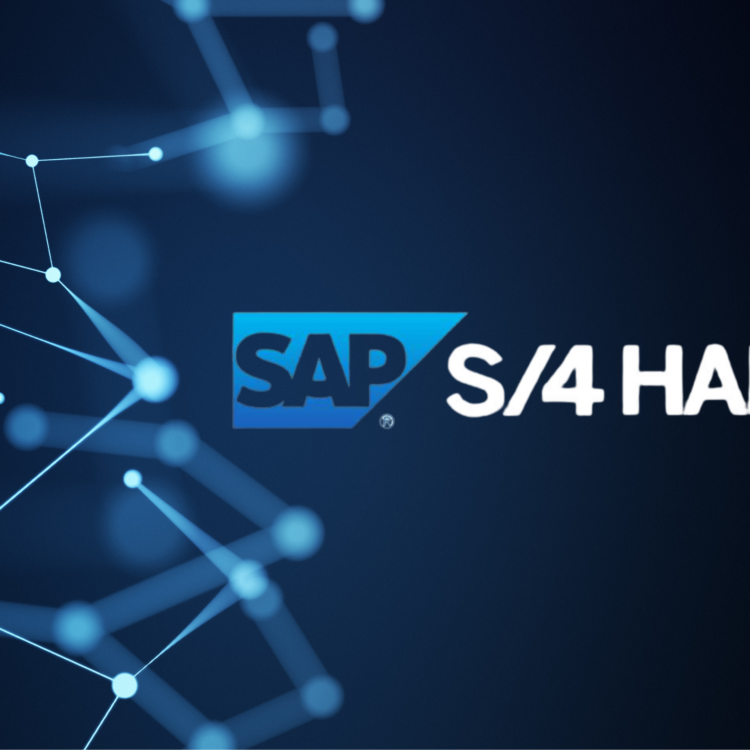Process Mining Applications: What is System Integration?
System integration refers to the process of connecting and merging different IT systems and applications within an enterprise to work cohesively. It plays a vital role in streamlining business processes and enhancing operational efficiency. Find out how process mining can support system integration!

tags
date
08 Aug 2023Firstly, system integration refers to the process of connecting and merging different IT systems and applications within an enterprise to work cohesively. It plays a vital role in streamlining business processes and enhancing operational efficiency.
Thus, in today’s technology-driven business environment, organisations rely on multiple software solutions and systems to carry out their operations. However, these systems often operate in isolation, resulting in data silos and inefficiencies. System integration resolves this issue by creating a cohesive architecture that allows seamless data exchange and communication between various systems.
Therefore, by integrating disparate systems, businesses can eliminate manual data entry, reduce duplication of efforts, and improve overall productivity. This integration enables a more holistic view of operations, allowing for better decision-making and improved business agility.
Moreover, system integration helps reduce operational costs by eliminating the need for duplicate data storage and manual reconciliation processes. It also facilitates digital transformation and the integration of legacy systems with newer applications, ensuring compatibility and enabling the adoption of modern technologies.
What Are The Different Types Of System Integration?
To begin with, there are various types of system integration that organisations can implement to streamline their operations and achieve better efficiency. These types include enterprise application integration, business-to-business integration, data integration, legacy system integration, and Electronic document interchange (EDI), among others. Thus, each type of integration caters to different needs and challenges, providing businesses with the flexibility to choose the approach that best aligns with their goals and requirements. Therefore, by understanding the different types of system integration, organisations can better plan and implement integration projects to enhance their business processes and drive digital transformation.
Enterprise application integration (EAI)
Enterprise Application Integration (EAI) refers to the process of connecting various subsystems and applications within an organisation to achieve seamless data exchange and maintain system integrity. EAI plays a crucial role in enabling real-time data exchange between different applications, ensuring that information flows smoothly across various departments and systems.
By implementing EAI solutions, businesses can overcome the challenges posed by disparate subsystems that typically operate in isolation. EAI allows these systems to communicate and share data in a standardised format, eliminating the need for manual intervention and reducing operational costs.
One of the primary objectives of EAI is to maintain system integrity and prevent data inconsistencies. By integrating and synchronising data across different applications, EAI ensures that information remains accurate, up-to-date, and in alignment with business processes.
Business-to-business integration
Business-to-business (B2B) integration refers to the automation of business communication and streamlining of processes between multiple organisations. This facilitates the efficient exchange of information, transactions, and documents among trading partners, leading to enhanced cooperation and accelerated business outcomes.
The purpose of B2B integration is to create a unified and efficient business ecosystem by integrating disparate systems and applications across organisations. This integration allows for real-time information sharing, smoother collaboration, and business process automation. By automating communication and data exchange, B2B integration eliminates manual intervention, reduces errors, and enhances efficiency.
Implementing B2B integration, however, comes with its own set of challenges. One challenge is ensuring compatibility between different systems and applications used by different organisations. The diverse technology landscape of trading partners can result in compatibility issues, requiring careful integration planning and execution.
Another challenge is managing the complexity involved in mapping and transforming data between different formats. Organisations need to establish common data formats for seamless integration and ensure that information is accurately translated and transmitted between systems.
Data integration
Data integration is a critical aspect of system integration that involves gathering data from various sources and combining it into a central point of access. It plays a vital role in ensuring that information flows seamlessly between systems, enabling organisations to make informed business decisions based on accurate and up-to-date data.
One of the key benefits of data integration is the ability to have a single, unified view of system data. By integrating data from different sources, organisations can eliminate data silos and create a comprehensive and holistic view of their operations. This unified view allows for better tracking and monitoring of business processes, as well as identifying areas for improvement or optimisation.
Additionally, data integration enables interactive reporting by aggregating data from disparate systems. With a centralised data repository, organisations can easily generate reports that provide insights into key business metrics, performance indicators, and trends. This allows for more informed decision-making and empowers organisations to take timely actions for enhanced business performance.
Legacy system integration
Legacy system integration refers to the process of connecting and aligning old or outdated systems with modern applications to ensure seamless data flow and business process integration. With the rapid pace of technological advancements, many organisations find themselves having to work with legacy systems that may not be compatible with newer software and platforms.
Integrating legacy systems is important because it allows organisations to leverage the benefits of modern applications while still utilising their existing systems. By integrating legacy systems, organisations can avoid costly replacements and transitions and instead optimise their current infrastructure.
However, integrating legacy systems comes with its own set of integration challenges. One of the main challenges is the lack of interfacing capabilities in legacy systems. These systems were often built without the intention of connecting to other systems, making it difficult to extract and share data.
Additionally, legacy systems may require adaptation to meet the communication standards and data formats of modern applications. This involves modifying the existing system or implementing intermediary solutions to facilitate data exchange.
Electronic document interchange (EDI)
Electronic Document Interchange (EDI) is a fundamental aspect of system integration that facilitates the seamless exchange of business documents between companies in a standardised electronic format. EDI is a computer-to-computer communication method that eliminates the need for manual intervention and allows for the automated transfer of electronic documents.
The significance of EDI in system integration lies in its ability to streamline and automate daily processes. By implementing EDI, organisations can exchange business documents, such as purchase orders, invoices, and shipping notices, with their trading partners in a consistent and structured manner. This standardised format eliminates the need for manual data entry and greatly reduces the potential for errors that can occur with manual document handling.
The use of EDI offers several benefits in system integration. Firstly, it saves time by eliminating the need for manual document processing and data entry. This enables organisations to speed up their business processes, reducing cycle times and improving overall efficiency.
Secondly, EDI helps to reduce costs associated with paper-based document handling, printing, and postage. By automating document exchange, organisations can minimise administrative overheads and achieve significant cost savings.
In conclusion, system integration plays a vital role in enabling organisations to leverage the benefits of modern technology and optimise their business processes. Data integration, legacy system integration, and EDI are all important aspects of system integration that help organisations achieve more efficient and effective operations.
Process Mining technology enables a smooth application of system integration. Check out our Customer Success Stories to find out more!





